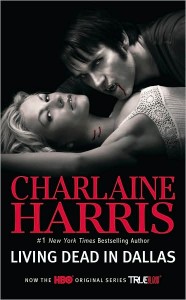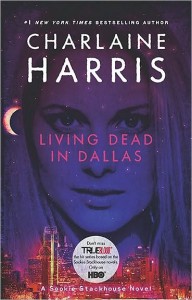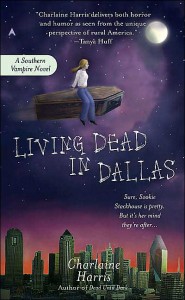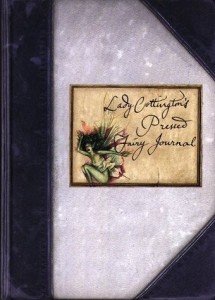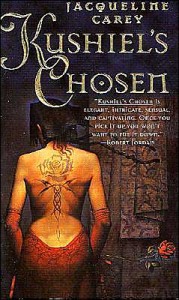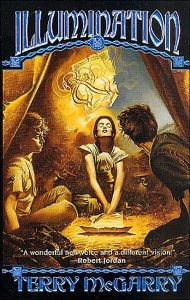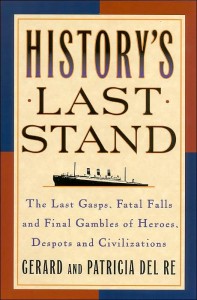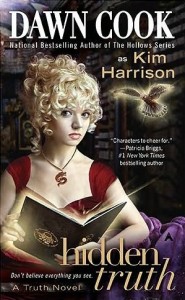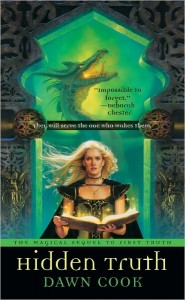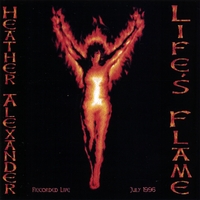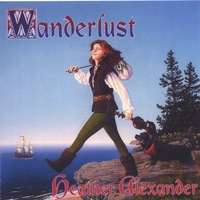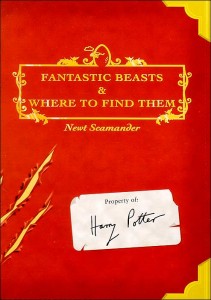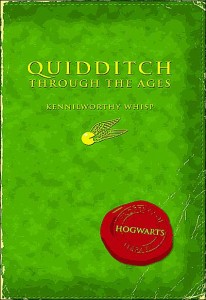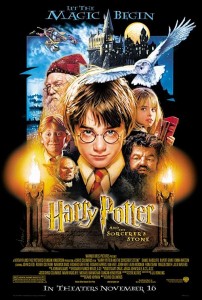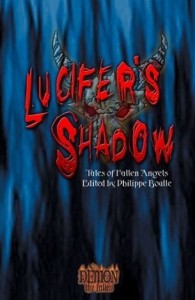 As Los Angeles burns, a most ancient enemy makes his presence known once more. The Gates of Hell have cracked wide open, releasing fallen angels twisted by millennia of torment and anguish into demons. Now the world shudders, as conflicts new and old are ignited, sparked by the fires of a city and the darkest depths of our souls.
As Los Angeles burns, a most ancient enemy makes his presence known once more. The Gates of Hell have cracked wide open, releasing fallen angels twisted by millennia of torment and anguish into demons. Now the world shudders, as conflicts new and old are ignited, sparked by the fires of a city and the darkest depths of our souls.
Lucifer’s Shadow is an anthology of short stories based on White Wolf Games’ upcoming release, Demon: The Fallen, a role-playing game in which players actually take on the personas of demons inhabiting mortal bodies. The only way these demons can remain on Earth is by drawing from the spiritual energy of the humans, and by stealing the bodies of those people whose souls have become too weak to resist. Thus, clad in mortal flesh, but gifted with divine/profane powers, the demons go about their business. Some seek redemption, hoping to be allowed back into Heaven. Some wish to create a paradise on Earth. Some wish to rule the mortals, and some want to resume the Great War and defeat the hosts of Heaven once and for all. They almost all have one thing in common: the desire to find Lucifer, the Morningstar, their former leader and inspiration, who has been missing for ten thousand years. For Lucifer never appeared in Hell, its gates shut to him as well, and only he knows why. But in a moment of anger, he has manifested himself in Los Angeles, and changed the world forever.
White Wolf has created a name for itself as one of the major game studios, primarily focused upon the role of the monster in modern society and its influence through history. So far, its core game systems have focused upon vampires, werewolves, magicians, ghosts, fairies, and even monster hunters. Demon: The Fallen appears to be one of its most audacious attempts to date, as it brings the mythos of Heaven and Hell, and the Morningstar himself, into what the creators call the World of Darkness. In short: The World of Darkness is just like ours. That is, if supernatural creatures stalked the night, and everything was just a bit nastier, more hopeless, and bleaker than it is for real. However, for all that, White Wolf has generally shied away from any direct involvement with the Christian belief system; they’ve established the existence of various deities and spirits in a hierarchal otherworldly sense, but the closest they’ve come to handling something as “mainstream” as God has been to portray the very first vampire as Caine, the first murderer. So it’ll be interesting to see how well this goes over with the public. But I digress.
Lucifer’s Shadow, due to be released several weeks after the actual core rulebook, contains ten stories that help to flesh out the world of Demon: The Fallen, examining the motives and lives and conflicts of these beings in some detail. Tightly-written so as to mesh with the game, the anthology has done something relatively rare for me: it’s made me excited about game-inspired fiction.
Let me elaborate, briefly. There’s no shortage of fiction based on role-playing games. TSR and its inheritor, Wizards of the Coast, have churned out hundreds of books based on the various Dragonlance, Forgotten Realms, and AD&D settings. Warhammer has enjoyed a new fictional popularity of late. And White Wolf has always encouraged a strong relationship between its fiction lines and its game metaplots (the overarching plotlines that run through entire series, or across game systems). But the results can sometimes be … mixed. If the book leans too far to one side, it loses that familiarity with the system. An earlier White Wolf anthology, Splendour Falls (the anthology for their Changeling: The Dreaming system) featured some lovely stories, but many bore little resemblance to the game they represented. If the book leans too far to the other side, it becomes little more than a transcribed gaming session, complete with dice rolls and “kewl powerz.” The trick is to make it a full-fledged story set in the gaming system without losing the flavor.
Thankfully, Lucifer’s Shadow has hit the nail on the head. The stories manage to achieve that delicate blend of game and fiction. I suppose it helps that one author is the primary developer for the game, another is the copy editor, another is a developer for a different White Wolf game line, and four of the remaining either write for White Wolf or have worked with gaming fiction in the past. Keeping things in-house has apparently resulted in a much tighter, better-planned vision. I’d say “Thank God” if I didn’t think some of the protagonists in these stories would object.
The stories themselves are a mixed bunch, but I can honestly say none disappointed. On the contrary, they left me with an appetite for more of the same, wanting a greater insight into this setting, and eagerly anticipating the release of the game so I can see for myself how close they came to invoking the right atmosphere.
Michael B. Lee, developer for Demon: The Fallen, turns in the opening story, “Midnight In The Garden,” notable for lighting the match which sets the whole thing off. It’s the literary equivalent of smashing the champagne bottle against the hull to launch a ship. The other stories focus upon various demons as they go about their lives in the wake of the changes wrought in Los Angeles. Some are seeking their former leader, either to gain answers regarding his long absence, or to use him as a figurehead to resume their age-old war. Some have more personal goals in mind. For instance, the demon inhabiting the body of a German policeman, who’s asked to investigate the mysterious identity of the body one of his brethren is wearing. Or the one who has to decide between the love of a mortal man, or her own rediscovered destiny. Or the one doing a favor and searching for a missing teen in the chaos of the city. Or the one who wants only to protect “his” neighborhood.
These demons aren’t all evil. Rather, they’re presented as what they really are: angels, fallen or expelled from Heaven, twisted and changed over the millennia. Some have managed to overcome their base instincts, trying to redeem themselves. None are solely good or solely bad; rather, they’ve been tainted and influenced by the shells of mortality they wear, and by the emotions they experience. They plot and scheme, fight and kill, but they also protect and defend, help and champion the mortals they once went to war over. They bring a fascinating gray morality and a complex sense of ethics to what very well could have been an over-the-top setting. In short, Demon: The Fallen could have been a train wreck, but instead, it’s revealed to be something much more interesting and worthwhile. It’s impossible to look at Lucifer’s Shadow without considering the game it’s based on, but based on what I’ve seen, I think the game may do very well (assuming, of course, the militant religious elements don’t freak out like they’ve done over Vampire: The Masquerade in the past).
I went into this expecting a mixture of good and bad, and the results were a pleasant surprise. It certainly won’t be for everyone, but Lucifer’s Shadow has managed to overcome some significant odds to be an anthology worth reading on its own, whether you play the game or not. And certainly, the subject matter is no worse or extreme than Mike Resnick’s anthology Deals With The Devil or Peter Crowther’s anthology Heaven Sent (both of which I recommend, by the way). For those familiar with the White Wolf games, I think that the complex moralities and struggle of humanity over beast will interest fans of Vampire, while the concept of age-old beings hiding in mortal bodies and taking or inspiring faith to survive may interest fans of Changeling.

